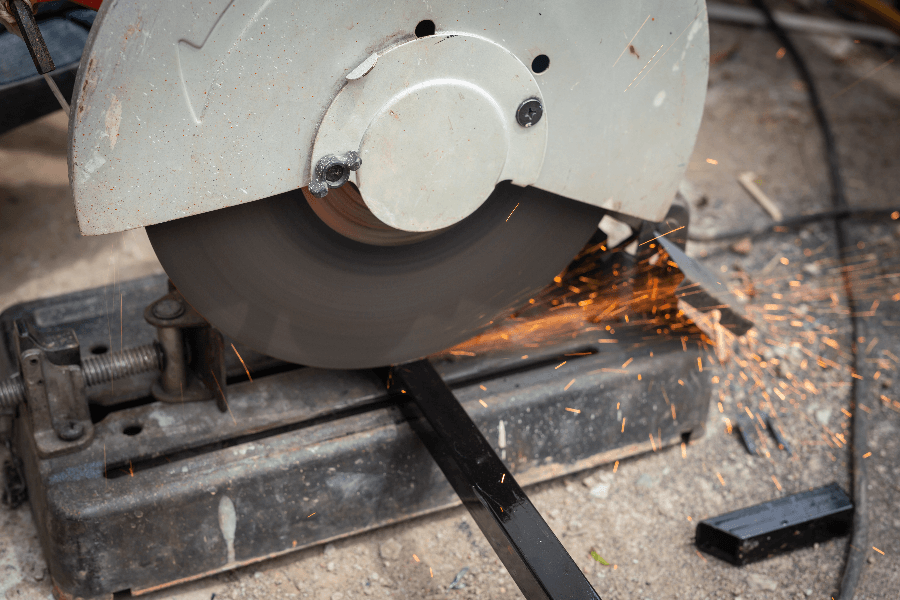Many of us use a saw or simple scissors for small-scale metal cutting. These hand tools are best suited for small-scale projects where the type of metal is more flexible.
However, such tools are effective only for small projects, while working with more complex and voluminous metals requires a specialized approach, thanks to which the metal will get the desired appearance, size, and shape.
Metal cutting is used in many industries, from construction to automotive. Given the wide variety of metals, as well as the purposes for which they are used, it is important to understand the characteristics and applications of metalworking techniques.
The metal cutting methods
There are many ways of cutting metal, each of which is responsible for the precision, efficiency, and, of course, cost-effectiveness of metal cutting.
The guillotine-cutting system
- Rectangle and square cutting: A metalworking technique that is widely used to produce rectangular and square cuts.
- Thickness: This cutting method is suitable for thin metals, and the goal is to obtain high precision and provide seamless cuts without damaging the metal. So this option is suitable for metals up to four millimeters thick.
- The quality of the cut: As mentioned earlier, the guillotine type is distinguished by its symmetry and high quality of cutting, so it is used in cases where the shape of the metal is of paramount importance.
- Speed and efficiency: Metal is cut quickly and efficiently without losing its quality.
The Waterjet system
- Cold cutting: This method is characterized by a cold-cutting process, which does not heat the metal during cutting. This type of cutting can be used when cutting heat-sensitive metals.
- Variety of materials: The Waterjet system can be used when working with metals, stones, and glass.
- Metal fabrication: A variety of metals: This cutting method can work on a wide variety of metals, from lightweight aluminum to strong stainless steel. This capability has made the Waterjet system useful in a variety of fields.
- The environment: This method of metal cutting is also environmentally friendly since it does not produce fumes or substances harmful to the environment.
How does this system work?
Clean water cuts soft materials using a high-pressure stream (40,000 to 66,000 psi) with a compressed water nozzle. This increases the flow rate as well as the energy density. Abrasive sand is also added to the water stream and acts as a saw, thereby increasing the cutting ability.
Plasma Cutting
- Variety of materials: Plasma cutting can be used with a variety of metals, as it works effectively with metals such as steel and aluminum.
- Speed: This version also provides fast cutting and can handle extensive jobs.
- Creation of decorative elements: It provides fast and efficient cutting, and due to the high level of symmetry, it is used for cutting details of metal constructions and decorative elements.
- Availability: Compared to other options, plasma cutting is more affordable and combines high efficiency with convenience.
Thus, now that you are familiar with metal-cutting techniques, let’s decide how you can make the right choice.
How to make the right choice
Before you start the process of metal cutting, you need to understand the corresponding options. Here are some important factors that will help you to make the right choice.
- The metal type and its thickness: For heavy metals, you can go with plasma or waterjet.
- High-precision designs: The Waterjet system can also be used for projects that require more detailed work, such as different designs.
- The cost-effective options. The cost of cutting metal can vary depending on the size of the project and the cutting method used. However, one of the affordable alternatives is plasma cutting, which combines high-quality workmanship with cost-effectiveness.
Each metal cutting process differs in the machining and forming properties of the metal, as well as its effects on welding.
There are many types of metal cutting, and choosing the right method requires consideration of factors such as the type of metal being cut and the details of your project, including your budget, level of precision and symmetry, and of course the type and thickness of the metal.

